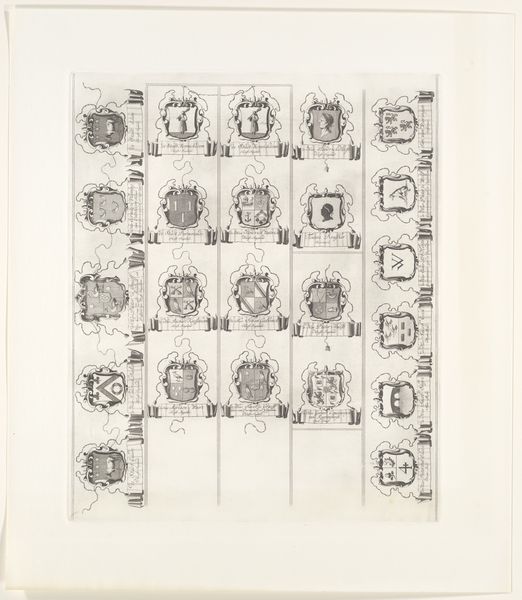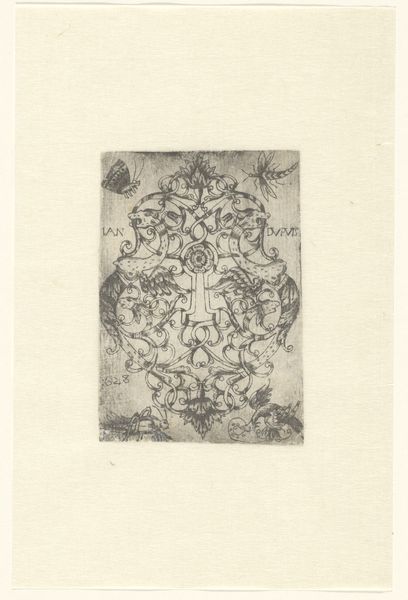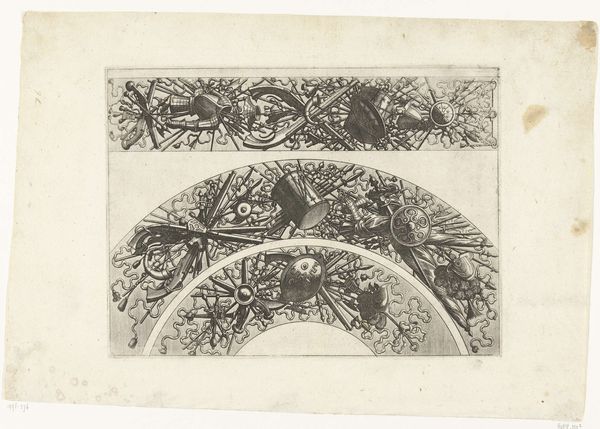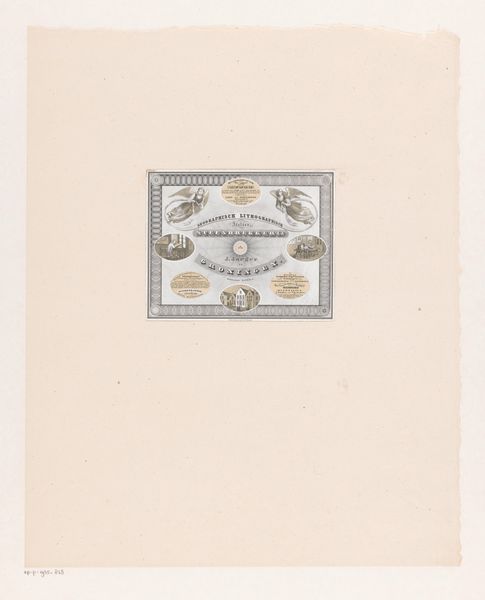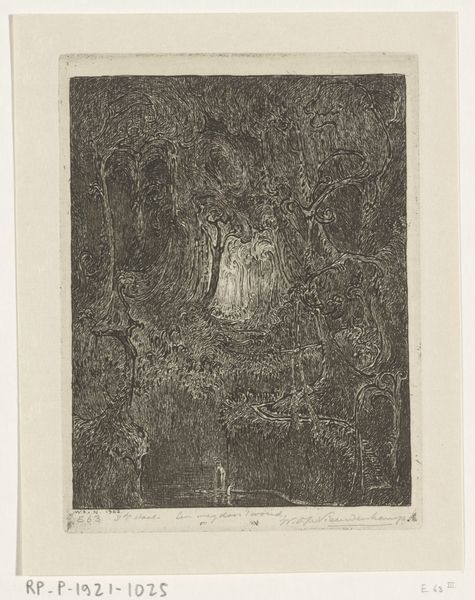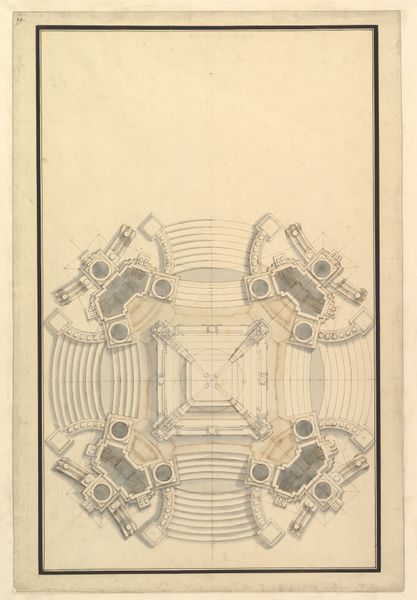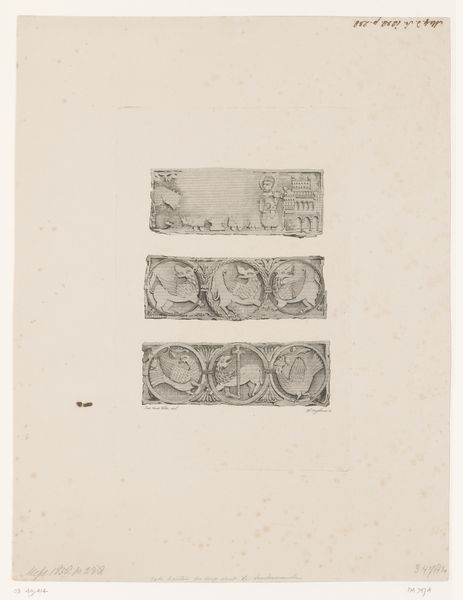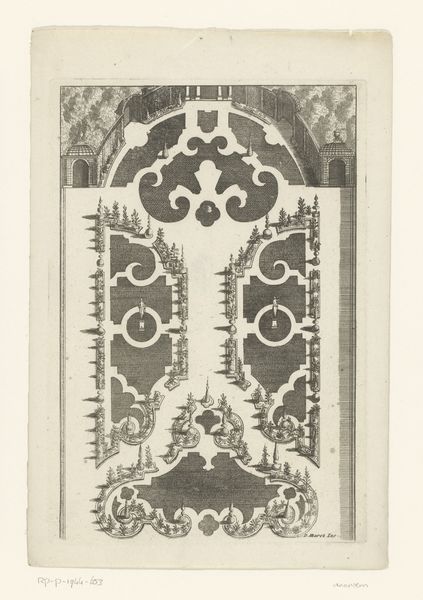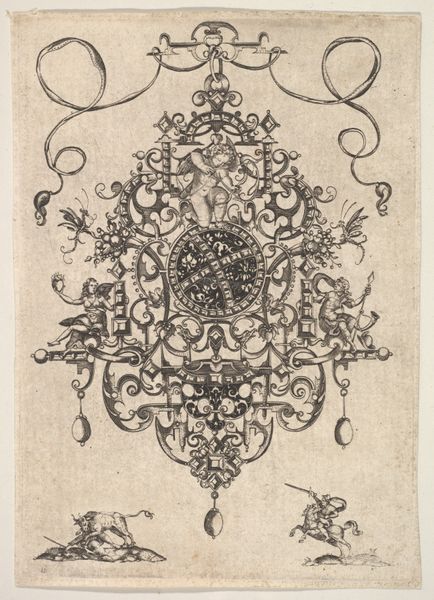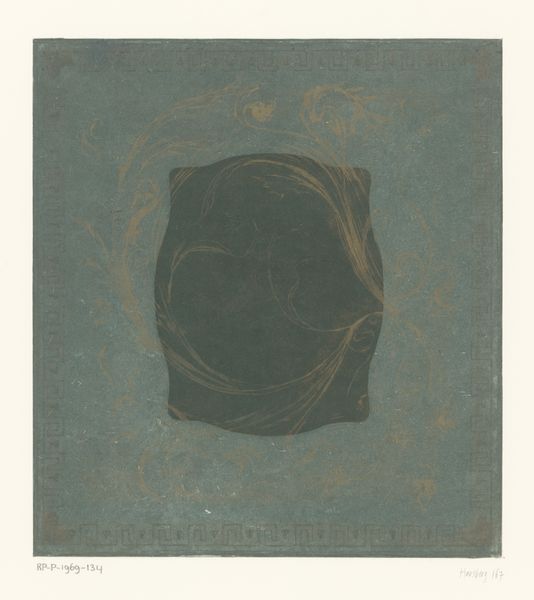
Design Illustrating an Excursion to the Countryside 1839
0:00
0:00
drawing, print
#
tree
#
drawing
#
toned paper
#
ink painting
# print
#
pencil sketch
#
fluid art
#
ink drawing experimentation
#
pen-ink sketch
#
pen work
#
watercolour illustration
#
sketchbook art
#
pencil art
Dimensions: Sheet: 11 9/16 x 8 13/16 in. (29.4 x 22.4 cm)
Copyright: Public Domain
Curator: Hermann Kestner’s “Design Illustrating an Excursion to the Countryside,” created around 1839. It's currently housed at the Metropolitan Museum of Art. Editor: Immediately, I'm struck by its ephemerality. The wispy lines, the faded tone of the paper...it feels incredibly delicate. Curator: Indeed. Kestner's sketch seems to encapsulate the yearning for simpler times, the arcadian dream of rural escape that was so popular then. We have these carefully arranged vignettes in circular frames. Each circle functions almost as a memory bubble containing snapshots of leisure. Editor: The use of pencil, ink, and wash on toned paper certainly speaks to this longing, this desire to hold onto fleeting moments. I'm curious about the availability and cost of these materials; who would have been commissioning, purchasing, or creating artwork of this nature? What does access to such "luxury" say about social stratification at the time? Curator: It's likely the piece was intended as a preparatory drawing, perhaps for a print or a more elaborate artwork. The symbols point toward leisure, prosperity, and social cohesion. Notice how he represents an abundance of scenery inside these framed portals that look as though each captures different events in time? The cultural aspiration is undeniable. Editor: Precisely, and the means to represent these ideals through specific, intentional practices and the consumption of "quality" drawing instruments becomes inherently ideological. Who has access to idyll? Curator: And yet, paradoxically, there's a fragility to this ideal. The pencil lines are faint; it’s all quite tentative, not fully realized. Maybe that suggests an underlying awareness of the precariousness of such idealized lifestyles. Editor: That tenuousness fascinates me. It implies both a reaching for refinement but also acknowledges its accessibility issues given the socioeconomic infrastructure of the era. What does “idyllic” labor actually look like, who is profiting, and what raw materials go into the work? Curator: A poignant reminder that beauty, perhaps like most other things, carries a social fingerprint. Thank you for your time! Editor: Fascinating artwork. I look forward to seeing what other interpretations we find together!
Comments
No comments
Be the first to comment and join the conversation on the ultimate creative platform.
